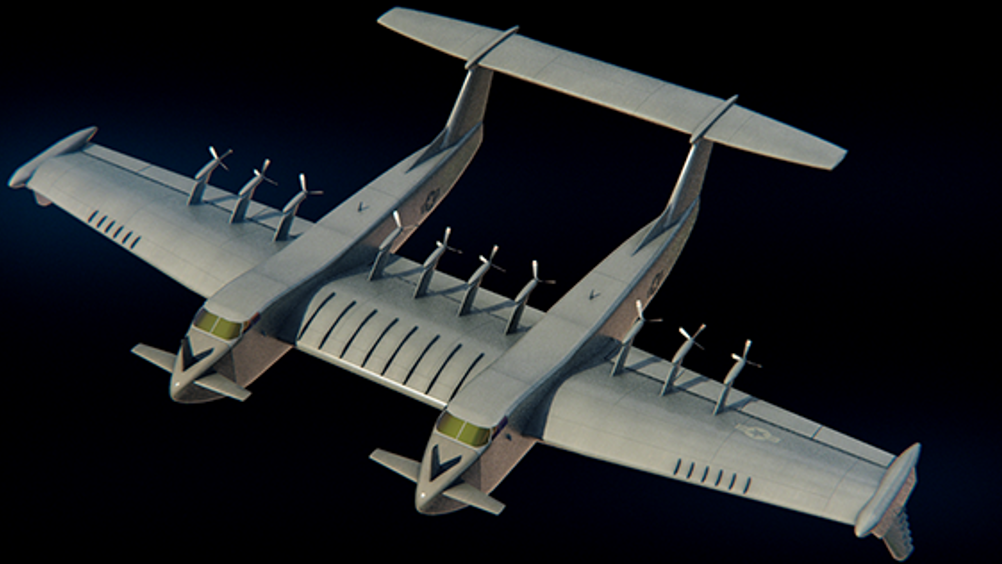DARPA’s Liberty Lifter seaplane aims to tap ‘ground effect’
The United States is seeking to develop a massive new seaplane known as the Liberty Lifter that will harness the ground effect to transport military payloads over long distances.

An X-plane project under the direction of DARPA (Defense Advanced Research Projects Agency), Liberty Lifter will be designed to operate at sea for weeks at a time, capable of both water and traditional runway landings. When traversing long distances across water, the seaplane will seek to exploit the ground effect, flying just a few metres above the sea’s surface to reduce drag and allow the aircraft to operate with high efficiency.
The concept has been successfully exploited in the past by the Soviet-era ekranoplans. Known as Project 903, the Lun-class ekranoplan MD-160 came into service in 1987, using the ground effect for efficient military logistics in and around the Caspian Sea. Just one model was ever fully built, with a second due to be developed into a flying field hospital before the collapse of the Soviet Union ended the programme.
Whereas the ekranoplans were designed only to operate low across water and in calm seas, the Liberty Lifter will be capable of reaching heights of 10,000 feet across sea and land, as well as take off and land in rougher waters and congested, active military theatres. According to DARPA, the plane will also be developed with a low-cost design and construction philosophy.
Register now to continue reading
Thanks for visiting The Engineer. You’ve now reached your monthly limit of news stories. Register for free to unlock unlimited access to all of our news coverage, as well as premium content including opinion, in-depth features and special reports.
Benefits of registering
-
In-depth insights and coverage of key emerging trends
-
Unrestricted access to special reports throughout the year
-
Daily technology news delivered straight to your inbox










Water Sector Talent Exodus Could Cripple The Sector
Maybe if things are essential for the running of a country and we want to pay a fair price we should be running these utilities on a not for profit...